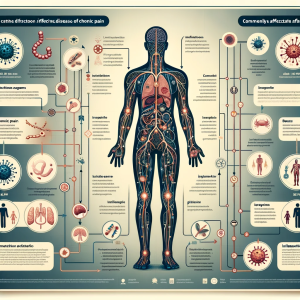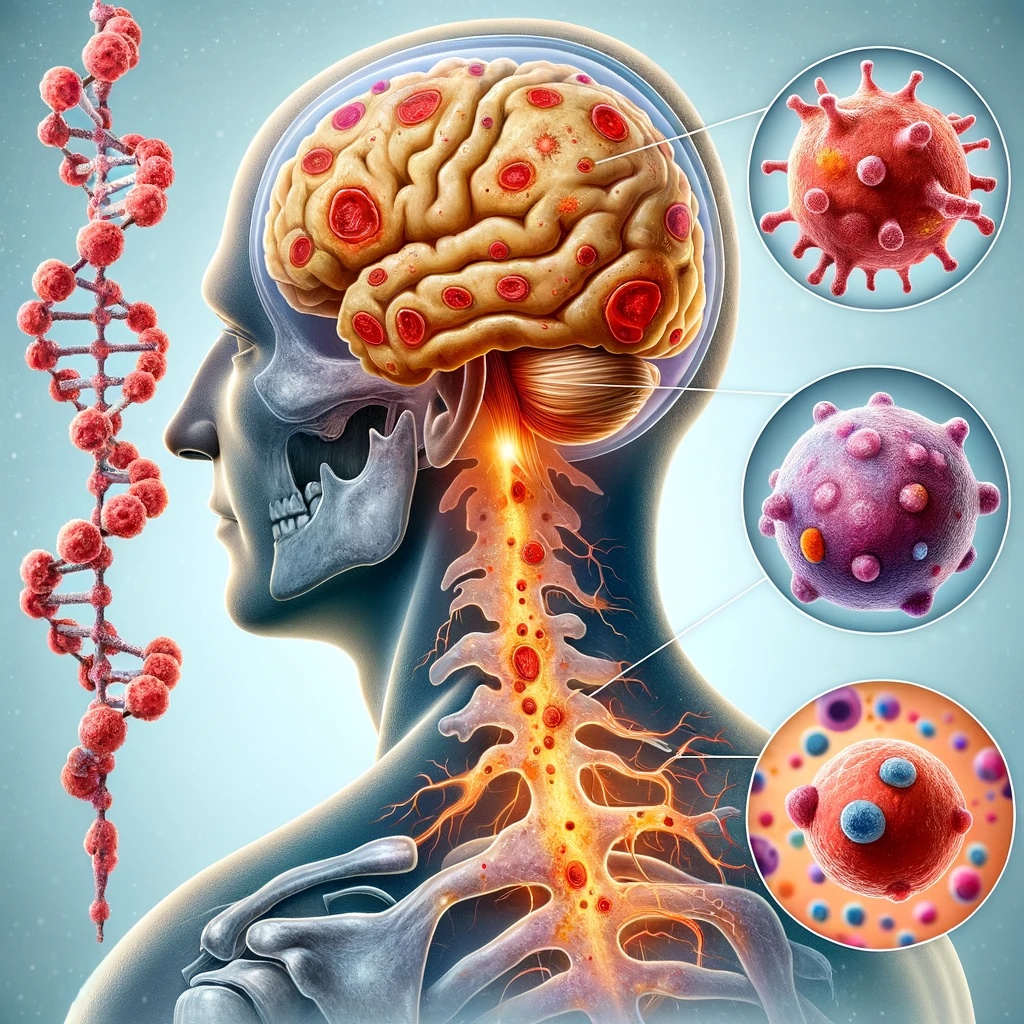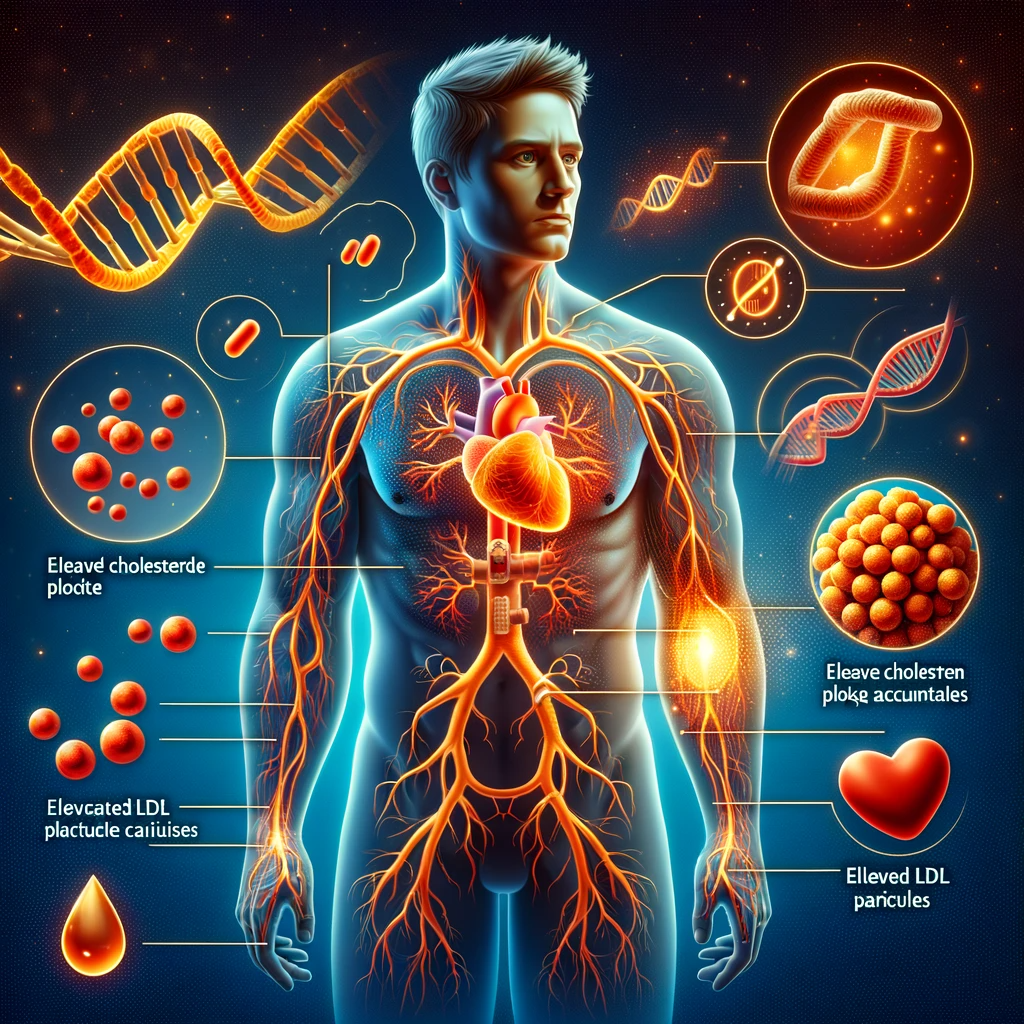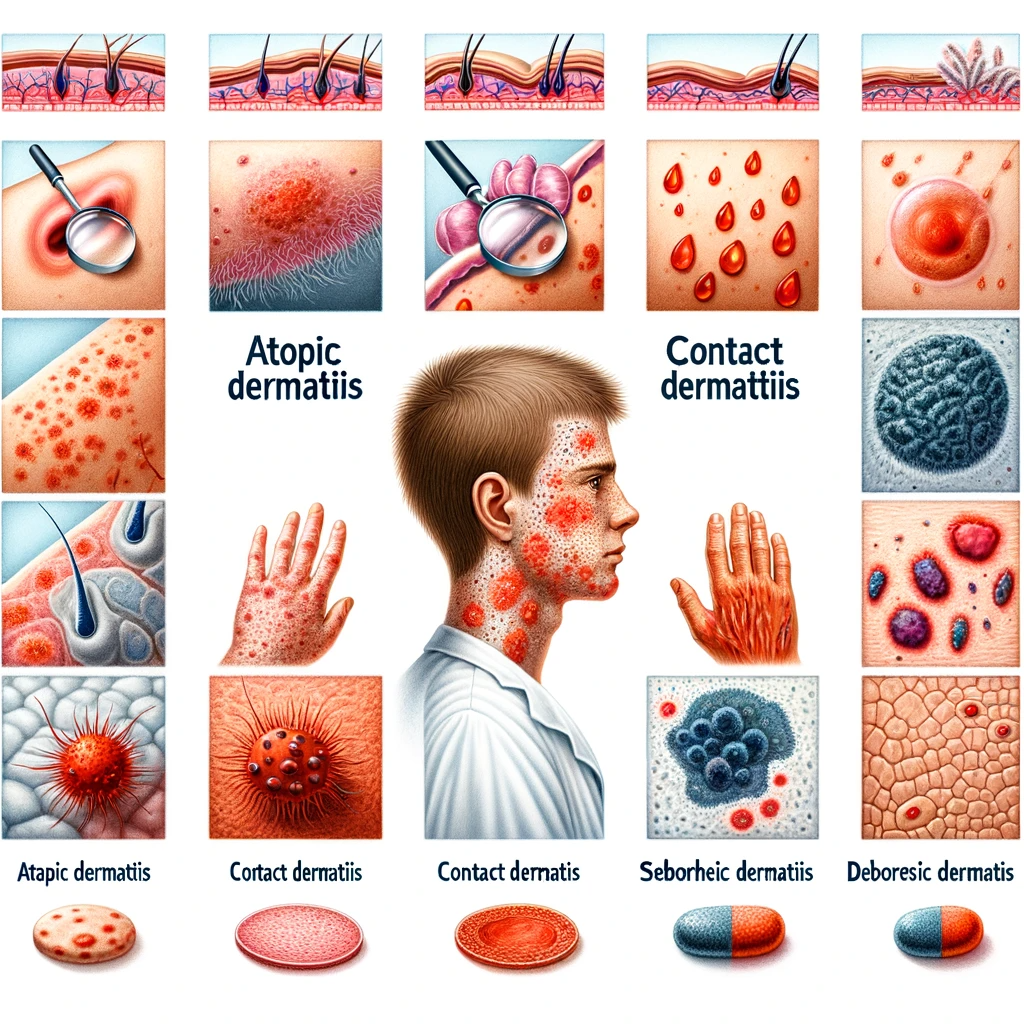Introduction: The Intricate Interplay of Persistent Pathogens and Pain

The interface between infectious diseases and the development of chronic pain syndromes presents a complex clinical puzzle, challenging the paradigms of pathogenesis and pain management.
Infection-In
duced Algesia: A Microbial Legacy
Molecular Mimicry and Persistent Pathogens At the molecular level, certain infectious agents have evolved mechanisms to mimic host tissue, leading to an immune response that inadvertently targets the body’s own cells, resulting in pain long after the initial infection has resolved.
Post-Infectious Inflammatory Response The immune system’s response to an infection can lead to a state of heightened inflammation. This pro-inflammatory milieu is a fertile ground for the development of chronic pain, as inflammatory mediators sensitize pain pathways.
Neuropathic Pain: The Lingering Echoes of Neural Invasion
Viral Pathogens and Neurotropism Neurotropic viral infections, such as those caused by varicella-zoster, can induce lasting damage to neural structures, manifesting as chronic neuropathic pain, exemplified by postherpetic neuralgia.
Bacterial Assault on Peripheral Nerves Certain bacte
ria, including those responsible for Lyme disease and leprosy, preferentially target peripheral nerves, disrupting normal function and leading to chronic pain syndromes.
Chronic Pain Syndromes: The Post-Infectious Sequelae
Complex Regional Pain Syndrome (CRPS) Post-infectious states can precipitate CRPS, a condition characterized by severe, persistent pain that may be accompanied by swelling, changes in skin color, and temperature differences.
Fibromyalgia and Chronic Fatigue Syndrome The link betwe
en chronic infections and systemic conditions such as fibromyalgia and chronic fatigue syndrome is an area of active research, with several studies suggesting a correlation between chronic infectious processes and the widespread pain seen in these disorders.
Diagnostic Dilemmas and Management Modalities
Challenges in Causality and Correlation Establishing a direct link between past infections and current pain can be a diagnostic challenge, necessitating a thorough patient history and a high index of suspicion.
Multimodal Management Strategies The management of post-infectious chronic pain is multifaceted, incorporating pharmacological approaches such as anti-inflammatory medications and antineuralgic agents, as well as physical therapy and psychosocial interventions.
Conclusion: A Future Focused on Integration and Innovation
As the body of evidence grows, understanding the connection between infectious diseases and chronic pain will likely lead to more integrated care strategies, personalized treatments, and, ultimately, improved quality of life for patients affected by these complex conditions.








